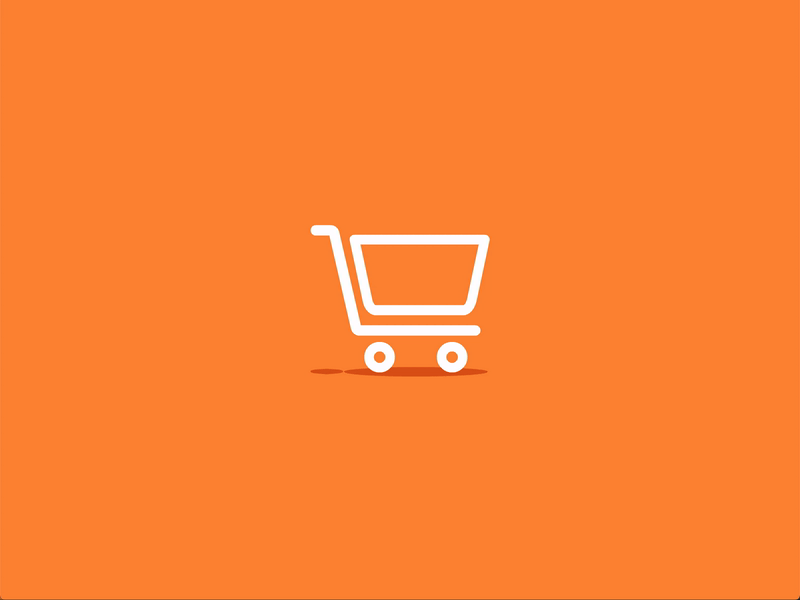

#How to get your quarkxpress 2017 validation code how to#
In the initial file, you can’t actually tell how many tables there are, because there’s some kind of error at some point, so you only see a few of them before it cuts the rest off because it doesn’t know how to render them. The biggest thing that stood out about this book was that it had a ton of tables in it. There wasn’t much I could do with that, since it was an old public domain book, but I wanted to make sure to present them in the best way they could come across, which was clearly not how they were in the original file. The images were weird sizes, and they weren’t great quality. There was lot of unnecessary spacing between the lines, which made it clunky and not easy to read, so that was an easy fix, and one that I knew would make a big difference. It was very plain and bland and not very attractive-looking, which I understand was the point. When you first opened up the file and started looking it, what were the things that jumped out at you, and what was your plan of attack for doing the work? Side by side displays of the before and after ebook, showing the design and smoother flow of the book after Kristin worked on it. Right: The before EPUB in Adobe Digital Editions. So that was my inspiration to go ahead and try. You could always just enter and try.” And I thought, that’s a good plan. If you don’t have time to finish it, then you don’t have time. Initially I wasn’t planning to enter the contest I thought, “Oh, it’s a lot of work, and I don’t know how much time I’m going to have.” But then Teresa said, “It’s not going to hurt to enter. She asked if I would like to go in her place, since I’ve been on the team longest other than her. She has gone to the conference in the past and would normally be our group’s representative at the conference, but she was eight months pregnant at the time, so she wasn’t going to be traveling out of the country. How did you find out about the “So You Think You Can Code” challenge? Had you done it before, or was this the first time? In my department, there are six of us-two on the young reader side, two on general interest side, one on cookbooks, and my boss. A lot of what I’ve learned has been on the job and learning as I go, and learning from my boss, Teresa Elsey, and from my coworkers. I had the basic knowledge from my classes and some of the experiences that I’d had Godine, but I hadn’t had a ton of hands-on experience up until that point. Obviously I got the job and moved over to HMH. Through a contact at Emerson, I knew one of the women on the ebook team, so that was an in to get into the interview stages. Then about a year after I started at Godine, a position at Houghton Mifflin Harcourt came up in the ebooks group. We mostly used an outside vendor to make the ebooks for us. They had just started doing ebooks, and we were trying to expand that, but it was very early stages at that point. At Emerson, I had taken classes that dealt with electronic publishing, so that was where I got my first taste of ebooks and what they involved. I was there for a year, on the print side, though I also managed their ebook program.

Godine Publishers, an independent publisher in Boston. When I graduated with my master’s in 2012, I got a job at David R. I went there for grad school and while I was there did a few internships with various companies in the area. One of my professors had mentioned the graduate school for publishing at Emerson College in Boston, and after I looked into it, it felt like the right place for me to go. I had known as an undergraduate that I wanted to go into publishing, but I wasn’t sure how to break into it. This is a guest post from Stephanie Argy, a graduate student in Portland State University’s book publishing program.Ĭan you tell us a little bit about your background and how you got into making ebooks? In this Q&A, Brodeur describes how she designed the winning entry, and she shares the original file, and her winning redesign. Starting in 2016, the ebookcraft conference has included an ebook design challenge, “So You Think You Can Code.” In 2017, the winner was Kristin Brodeur of Houghton Mifflin Harcourt. Kristin Brodeur tells how she won the ebookcraft challenge


 0 kommentar(er)
0 kommentar(er)
